Home>Ideas and Tips>Bathroom Renovation 101: Cost-Saving Tips and Tricks


Ideas and Tips
Bathroom Renovation 101: Cost-Saving Tips and Tricks
Published: September 17, 2024
Discover cost-saving tips and tricks for your bathroom renovation. Learn how to plan, choose materials, and DIY effectively without breaking the bank.
(Many of the links in this article redirect to a specific reviewed product. Your purchase of these products through affiliate links helps to generate commission for Storables.com, at no extra cost. Learn more)
Renovating your bathroom can be a daunting task, but with the right approach, it can also be a rewarding and cost-effective experience. Whether you're looking to update the fixtures, change the layout, or simply give your bathroom a fresh new look, there are several strategies you can employ to save money without compromising on quality or style. In this article, we'll delve into the essential tips and tricks for a successful and budget-friendly bathroom renovation.
Planning Your Bathroom Renovation
Before diving into the renovation process, it's crucial to plan extensively. This involves several key steps:
-
Define Your Vision:
- Start by visualizing what you want your bathroom to look like. Consider the design elements, color scheme, fixtures you want to replace, and storage spaces required. This will help you stay focused and ensure that your final product aligns with your personal vision and DIY skill set.
-
Assess Your Budget:
- Determine the overall budget for your bathroom remodel. Consider factors like labor costs, materials, permits, and contingencies. Allocating funds to different aspects of the project will help you prioritize expenses and avoid costly surprises.
-
Research and Gather Information:
- Spend time researching different design options, materials, and tools. Websites like This Old House and YouTube channels dedicated to home renovation can provide valuable insights and tutorials. It's also important to consult with professionals if you're unsure about certain aspects of the project.
-
Mark the Location of Utilities:
- Before starting the renovation, mark the location of utilities such as water and electrical lines. This will help you avoid costly mistakes and ensure that your renovation is done safely.
Choosing the Right Design
Selecting a design that fits your vision and complements your DIY skill set is crucial when planning for a bathroom renovation. Here are some tips to consider:
-
Limit Expensive Materials:
- One of the most significant cost-saving strategies is to limit the use of expensive materials like tile. Instead, consider refinishing fixtures or using salvaged items in your design.
-
Focus on Functionality:
- Keep function at the forefront of your mind when planning out your bathroom remodel. Ensure that your design includes adequate storage for towels, tools, and beauty products. Opt for a wide, shallow vanity with double sinks if you have a lot of foot traffic in and out of your bathroom.
-
Select Essential Upgrades:
- Prioritize essential upgrades such as plumbing and electrical changes. These components are critical to the functionality of your bathroom and should be given top priority in your budget.
Essential Tools and Supplies
Having the right tools and supplies is essential for a successful bathroom renovation. Here are some essential tools you'll need:
-
Safety Equipment:
- Always take safety precautions seriously. Wear gloves and goggles when working with tools or chemicals to avoid injury.
-
Basic Hand Tools:
- A hammer, screwdrivers, pliers, measuring tape, level, tile cutter, and paintbrushes are all essential tools for any bathroom renovation project.
-
Power Tools:
- Optional tools like power drills or saws may also come in handy for certain tasks. If you don’t have all the tools required, consider renting or borrowing them to save costs.
Step-by-Step Process
Here’s a step-by-step guide to help you navigate the bathroom renovation process:
-
Remove Bathroom Fixtures:
- Begin by removing old fixtures carefully. This includes toilets, sinks, and cabinets. Ensure that you follow the manufacturer’s instructions for removal and disposal.
-
Install New Shower or Tub:
- Install the new shower or tub according to manufacturer instructions. Make sure all connections are secure and watertight to avoid leaks.
-
Lay New Flooring:
- Replace the old flooring with new tiles or other preferred material. Ensure that the new flooring is properly sealed to prevent water damage.
-
Hang New Bathroom Fixtures:
- Mount new fixtures such as toilets, sinks, and cabinets securely. Use proper anchoring techniques to ensure that these fixtures remain stable over time.
-
Paint Walls:
- Give your bathroom a fresh look by painting the walls with colors of your choice. Ensure that the paint is suitable for bathroom conditions and can withstand moisture.
-
Install New Lighting Fixtures:
- Upgrade the lighting in your bathroom for better functionality and ambiance. Consider installing LED lights which are energy-efficient and durable.
-
Add Finishing Touches:
- Complete the renovation by adding decorative elements like mirrors, artwork, towels, etc. These touches can make a significant difference in the overall aesthetic of your bathroom.
Cost-Saving Tips
Here are some additional cost-saving tips to keep in mind:
-
Reuse and Repurpose:
- Consider repurposing existing fixtures or incorporating salvaged items into your design. This not only saves money but also adds a unique touch to your bathroom.
-
Smart Shopping:
- Compare prices, look for sales and discounts, and consider purchasing from local suppliers or online retailers. Online marketplaces like Amazon often offer competitive pricing and fast shipping.
-
Prioritize Essential Upgrades:
- Focus your budget on critical components such as plumbing, electrical, and structural changes. These components are essential for the functionality of your bathroom and should be given top priority in your budget.
-
Selecting Fixtures Wisely:
- Start with key fixtures such as sinks, faucets, and vanities. Consider the style, size, and functionality that best suits your needs and design preferences. For showers and bathtubs, decide between options like walk-in showers or freestanding tubs.
-
Exploring Materials and Finishes:
- When it comes to materials, consider both durability and visual appeal. Popular flooring options include ceramic or porcelain tiles, vinyl, or natural stone. Each material has its advantages in terms of water resistance, maintenance, and cost.
-
Maximizing Space and Storage:
- Efficient use of space and storage are key factors in creating a functional bathroom. Consider space-saving design ideas such as installing shelves or cabinets that maximize vertical space.
DIY vs. Professional Help
While a DIY approach can save money and offer a sense of accomplishment, it's essential to be realistic about your abilities and the complexity of the project. Some tasks like plumbing and electrical work may require professional assistance to ensure safety and compliance with building codes.
If you're confident in your skills and have the time and resources, a DIY approach can be rewarding. However, if you encounter complex tasks beyond your skill level, it's always best to seek advice or assistance from professionals.
Conclusion
Renovating your bathroom doesn't have to break the bank. By following these cost-saving tips and tricks, you can achieve a beautiful and functional bathroom that reflects your personal style without compromising on quality or style. Remember to plan extensively, choose the right design elements, use essential tools and supplies, and prioritize essential upgrades. With careful planning and execution, you can transform your bathroom into a space that you'll love for years to come.
Additional Resources
For more detailed information on bathroom renovation, consider consulting the following resources:
- This Old House: A trusted source for home renovation advice and tutorials.
- YouTube Channels: Channels like Home Renovision DIY and The Craftsman Blog offer valuable insights and step-by-step guides.
- Local Suppliers: Compare prices and look for sales at local suppliers or online retailers.
- Professional Contractors: If you're unsure about certain aspects of the project, consider hiring a professional contractor who can handle complex tasks safely and efficiently.
By following these tips and staying informed, you'll be well on your way to a successful and cost-effective bathroom renovation.
Was this page helpful?
At Storables.com, we guarantee accurate and reliable information. Our content, validated by Expert Board Contributors, is crafted following stringent Editorial Policies. We're committed to providing you with well-researched, expert-backed insights for all your informational needs.
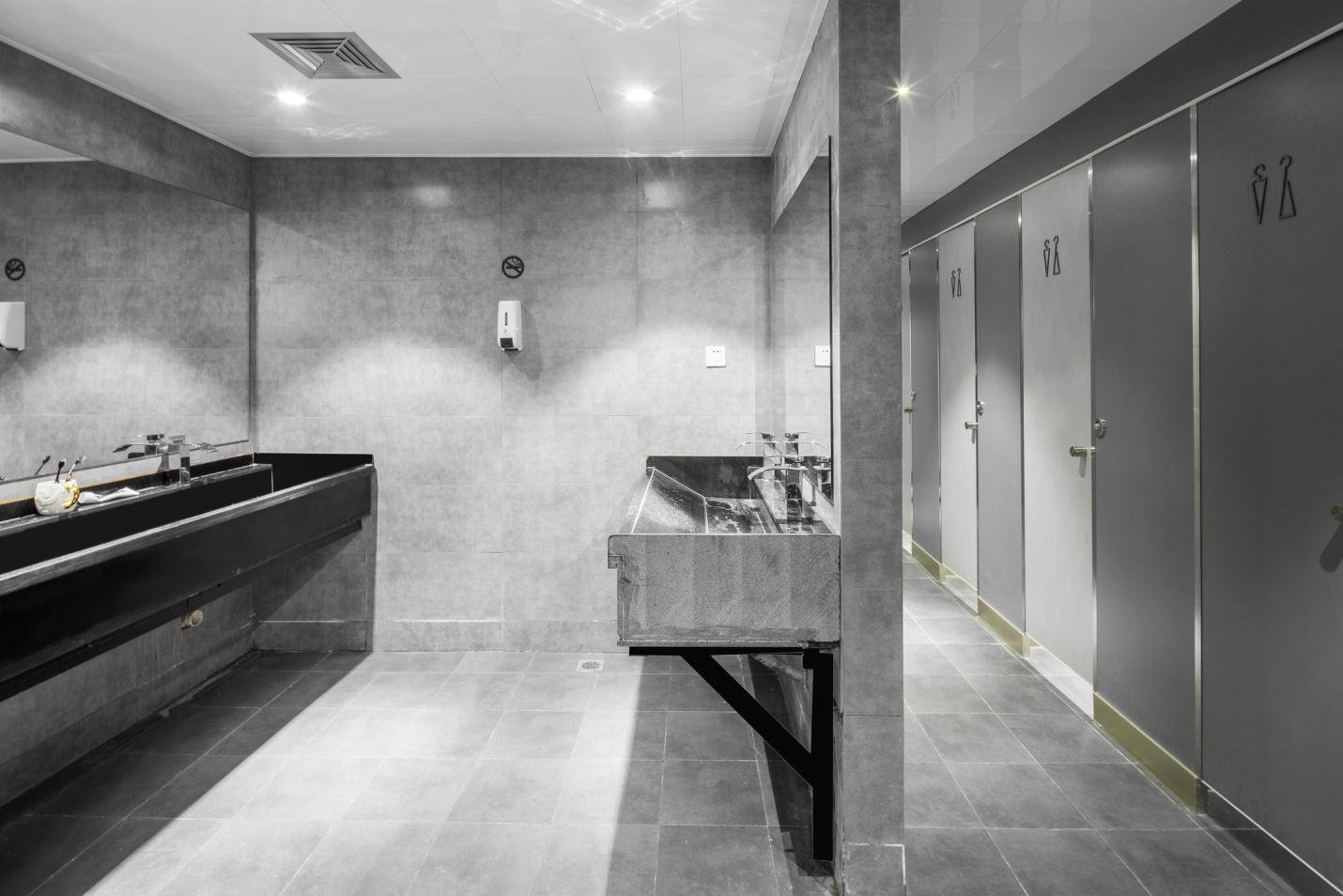
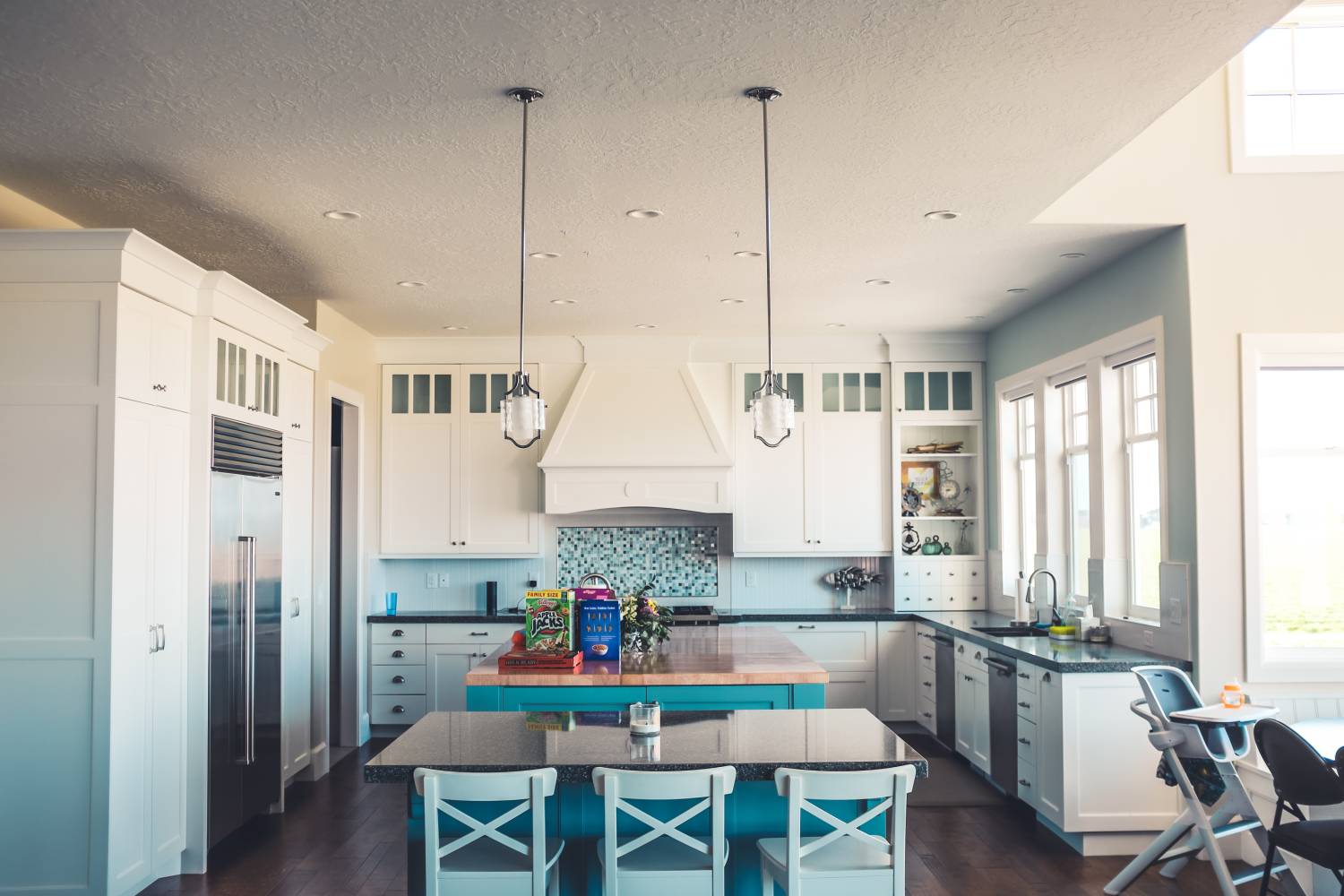
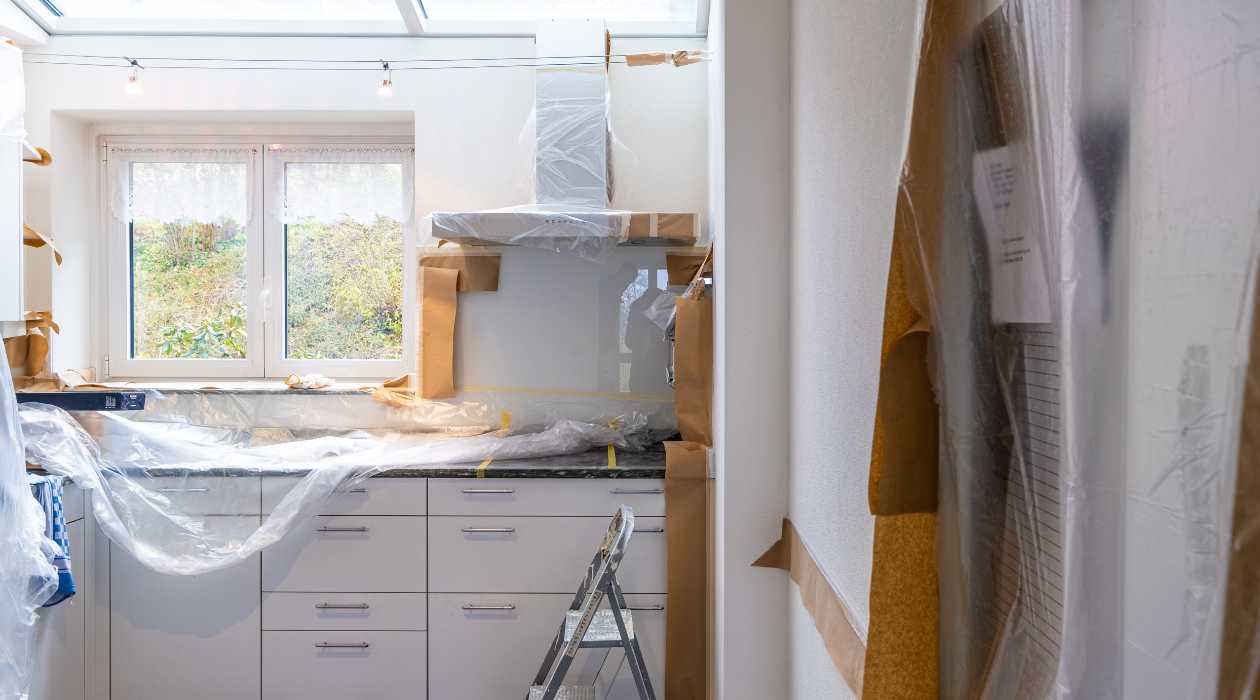
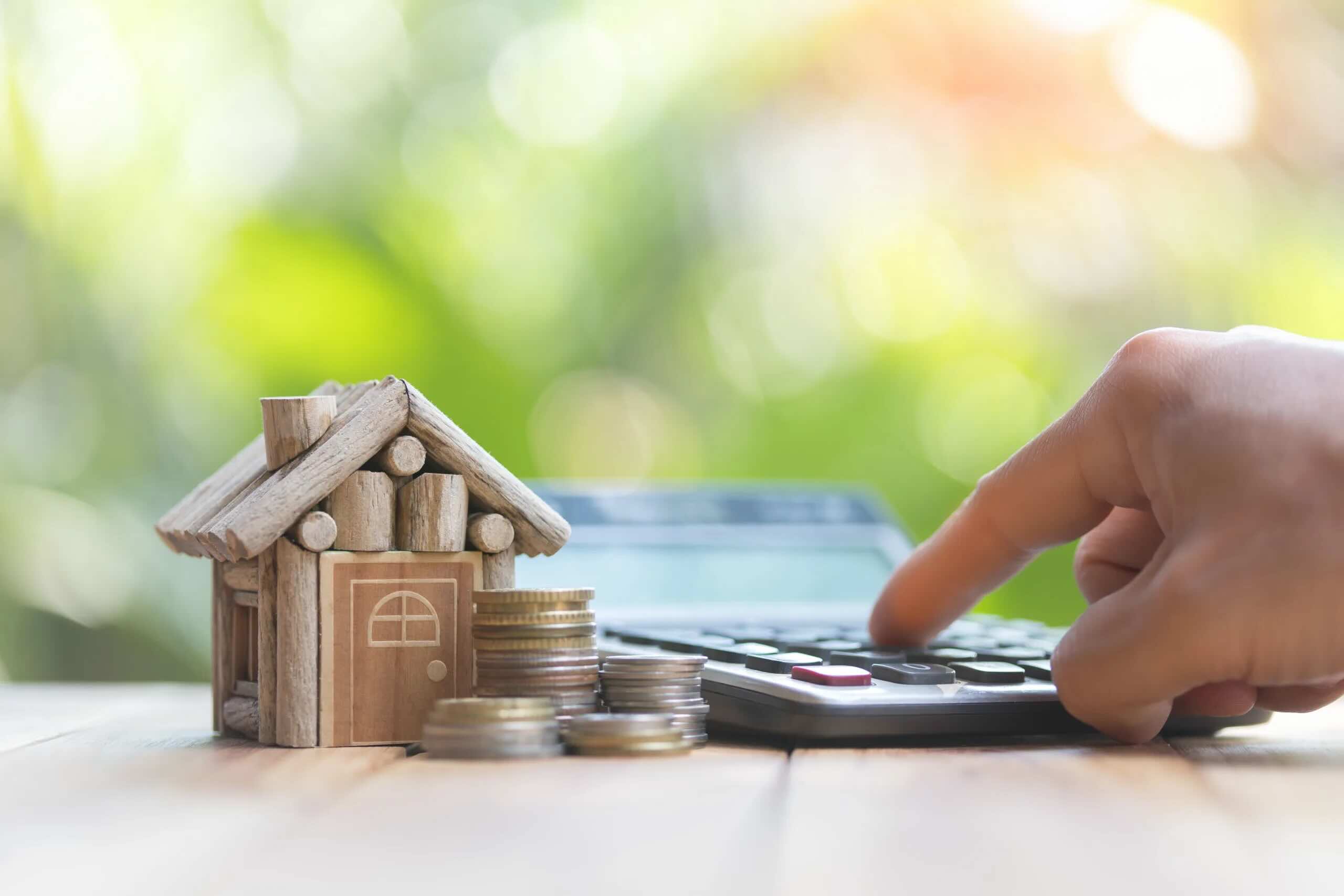
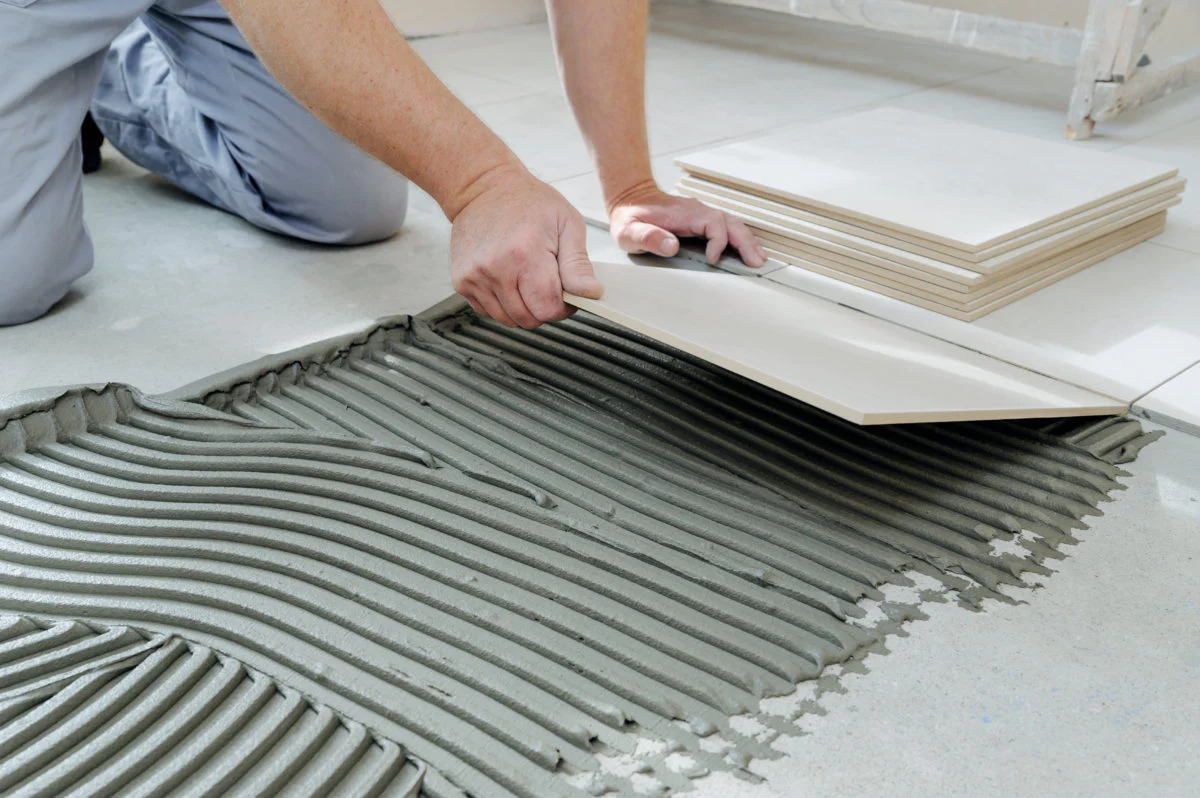

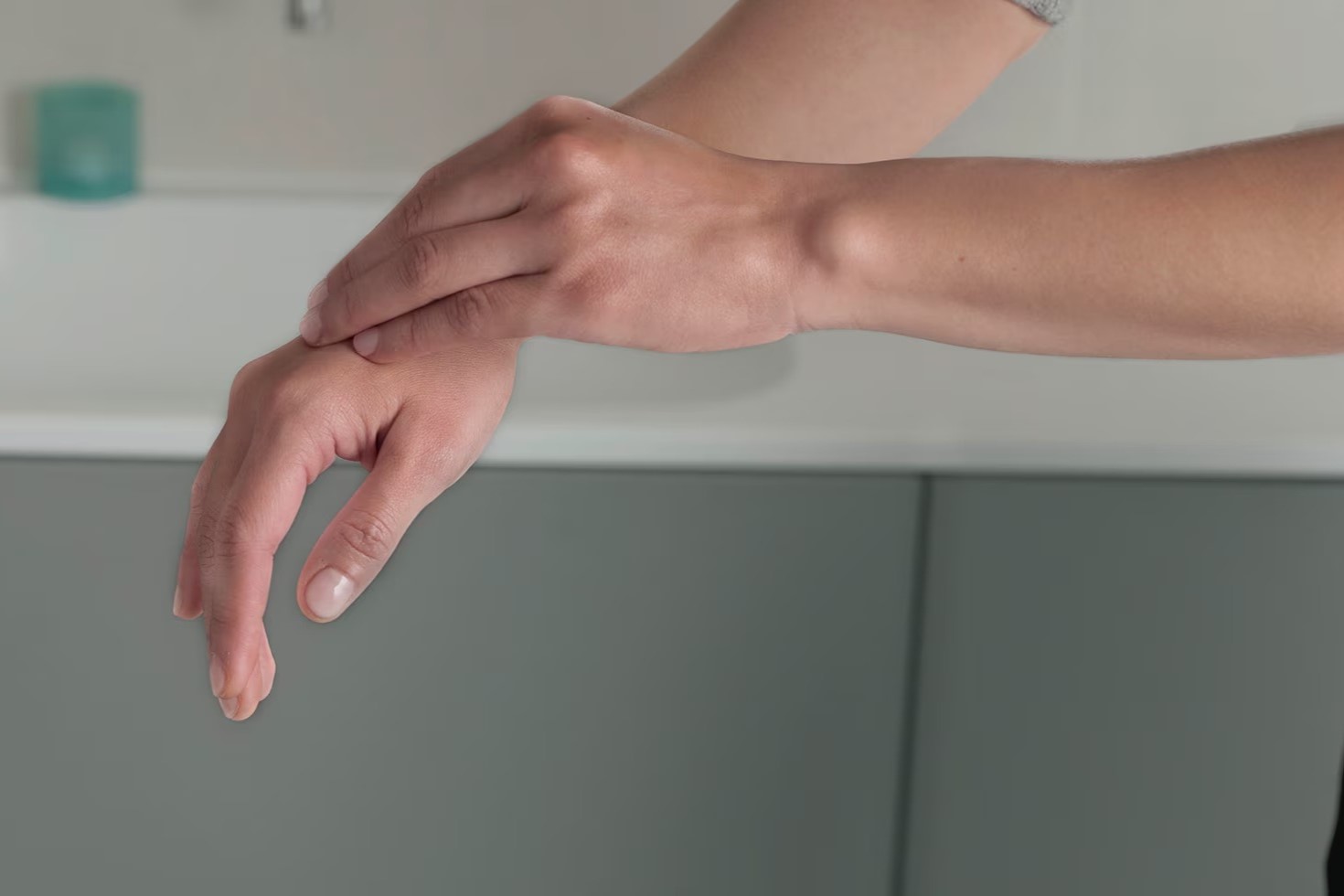
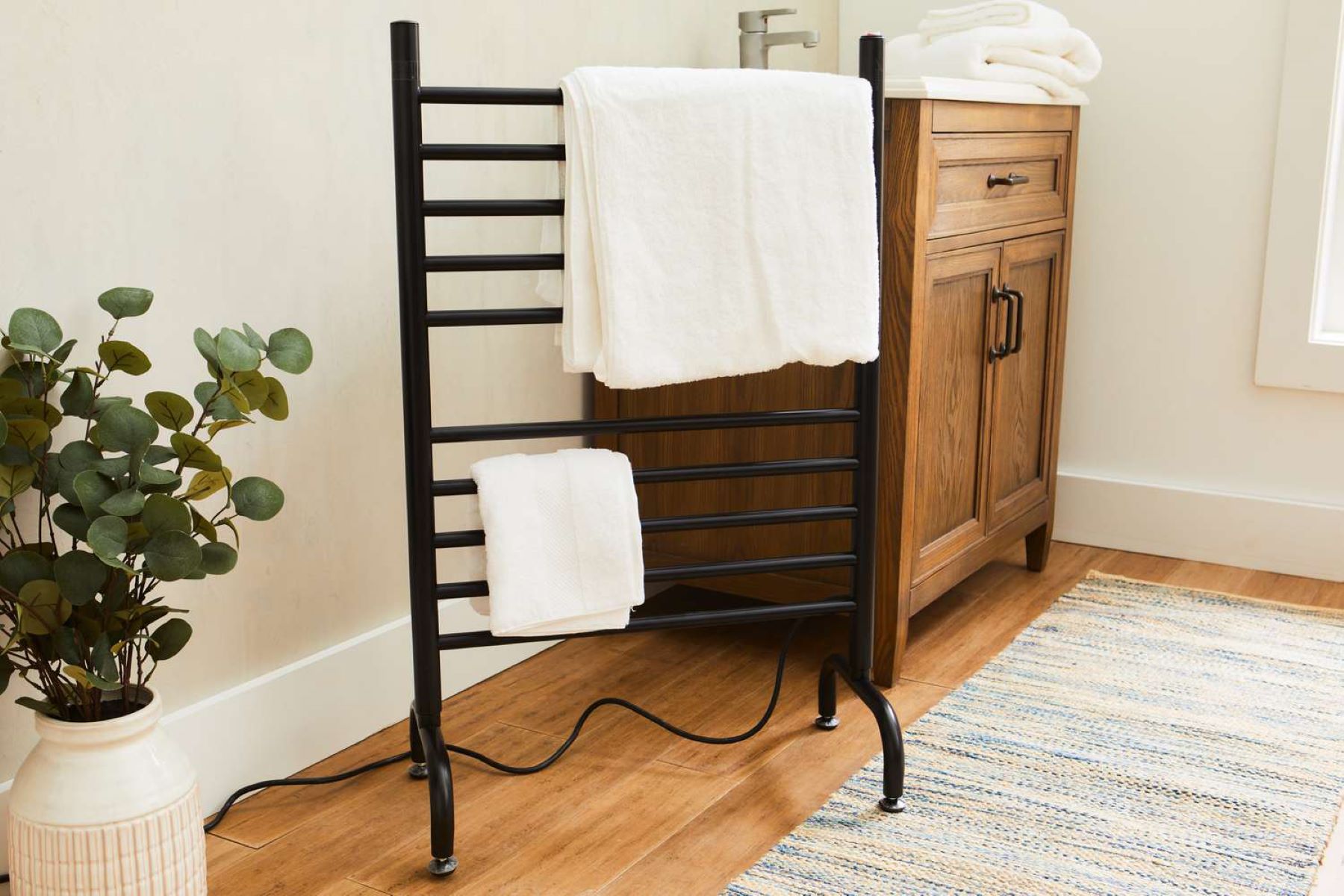

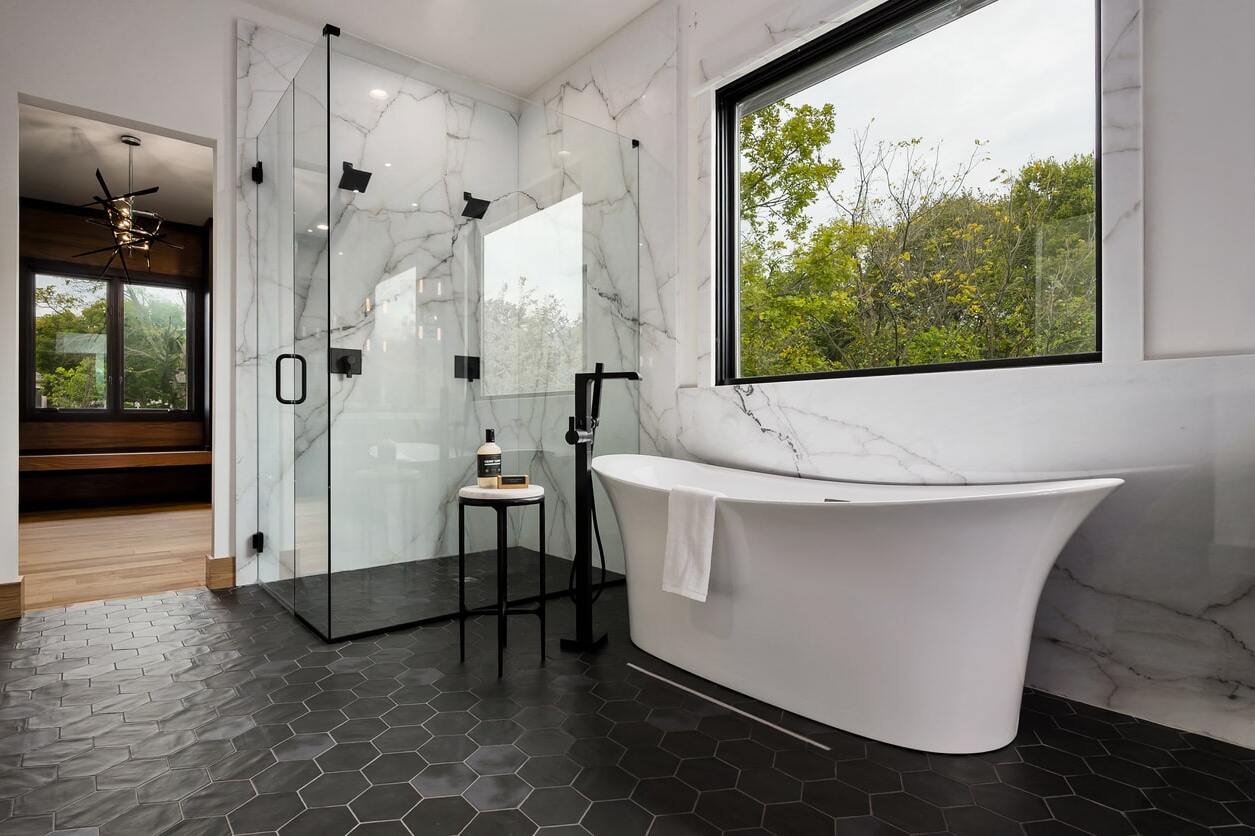
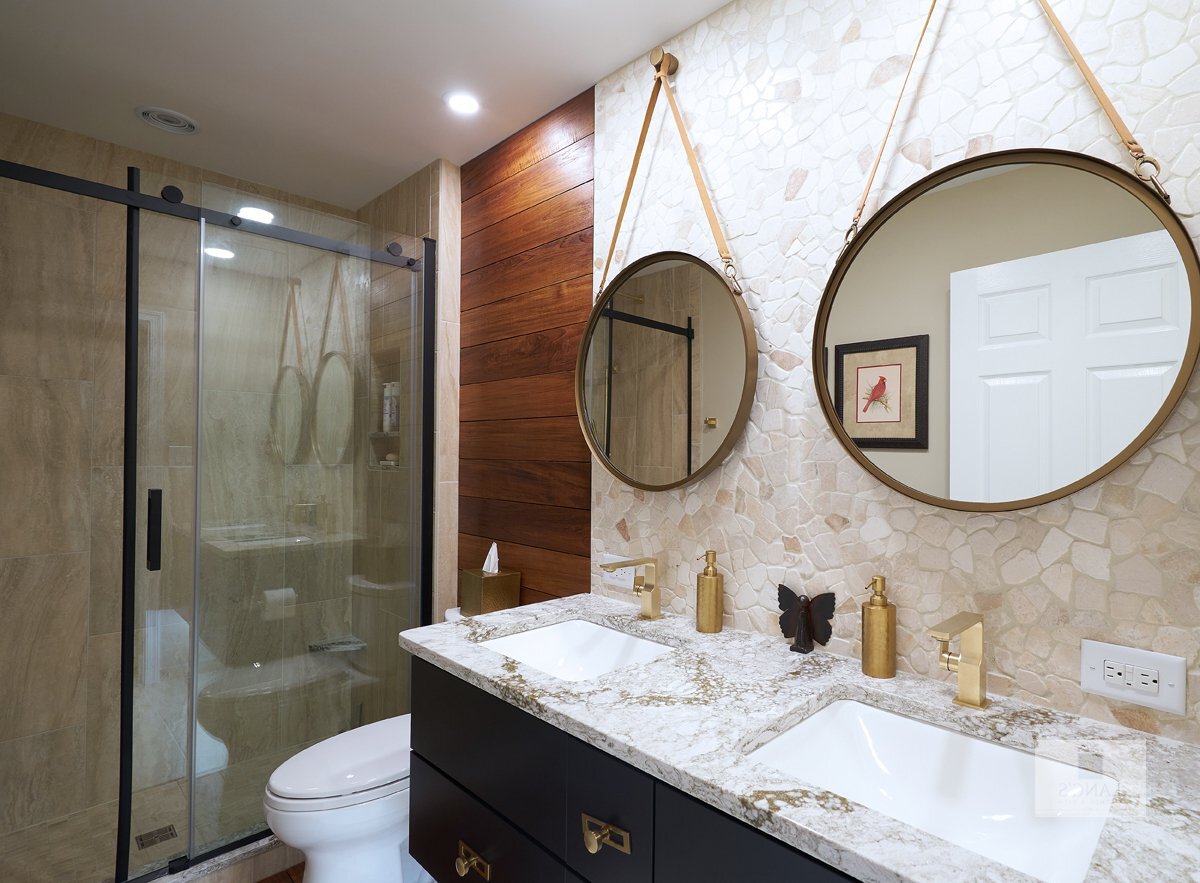
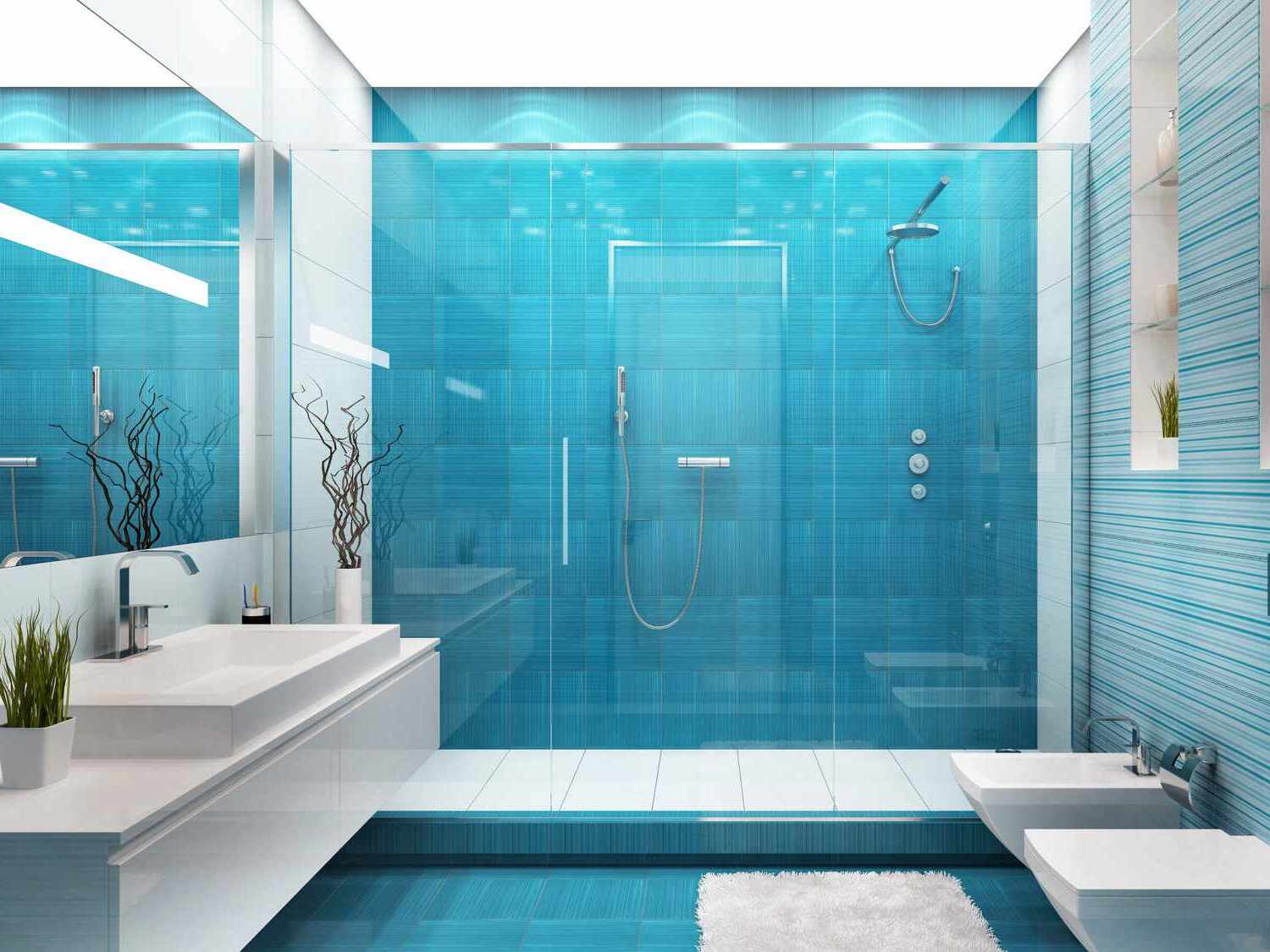
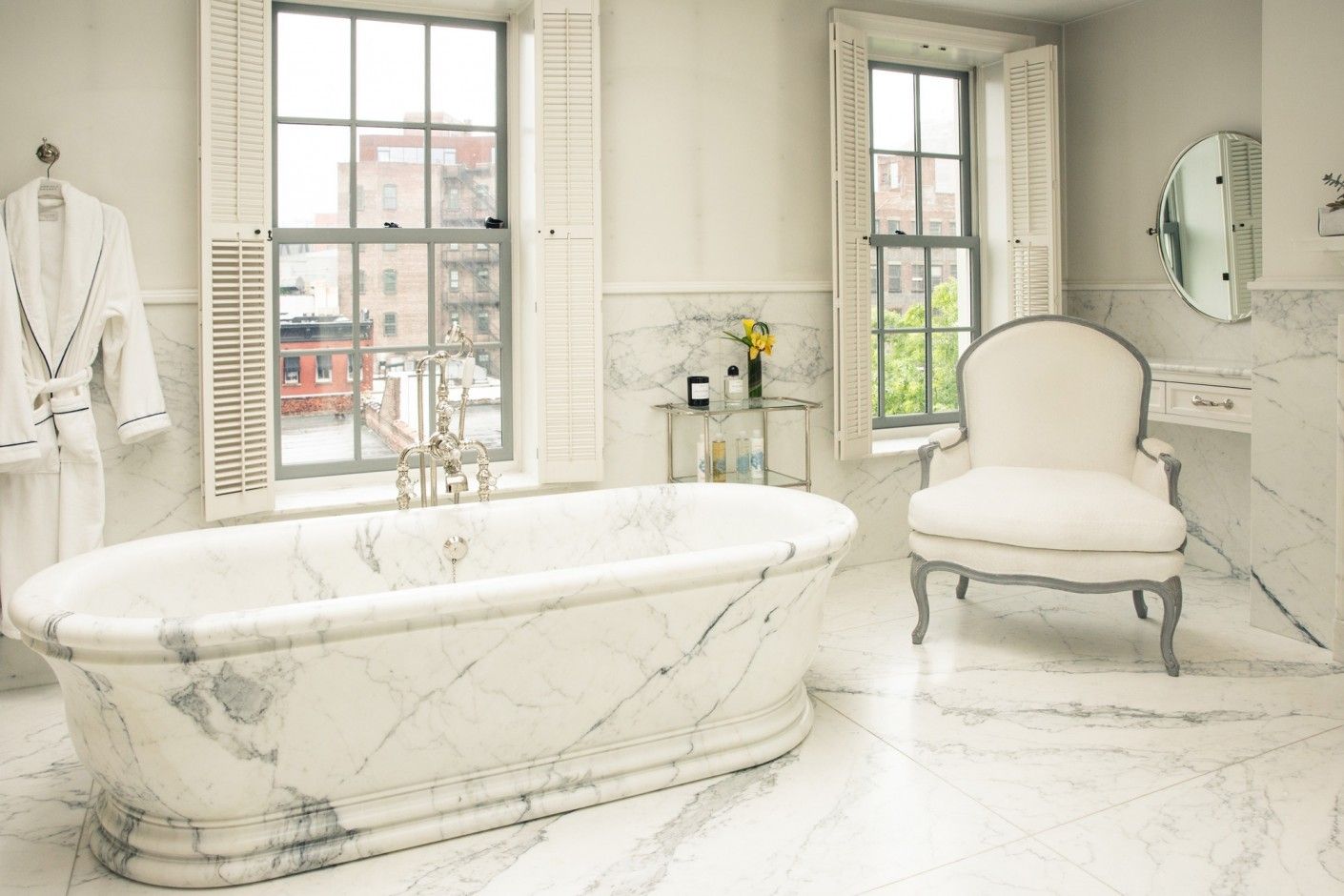
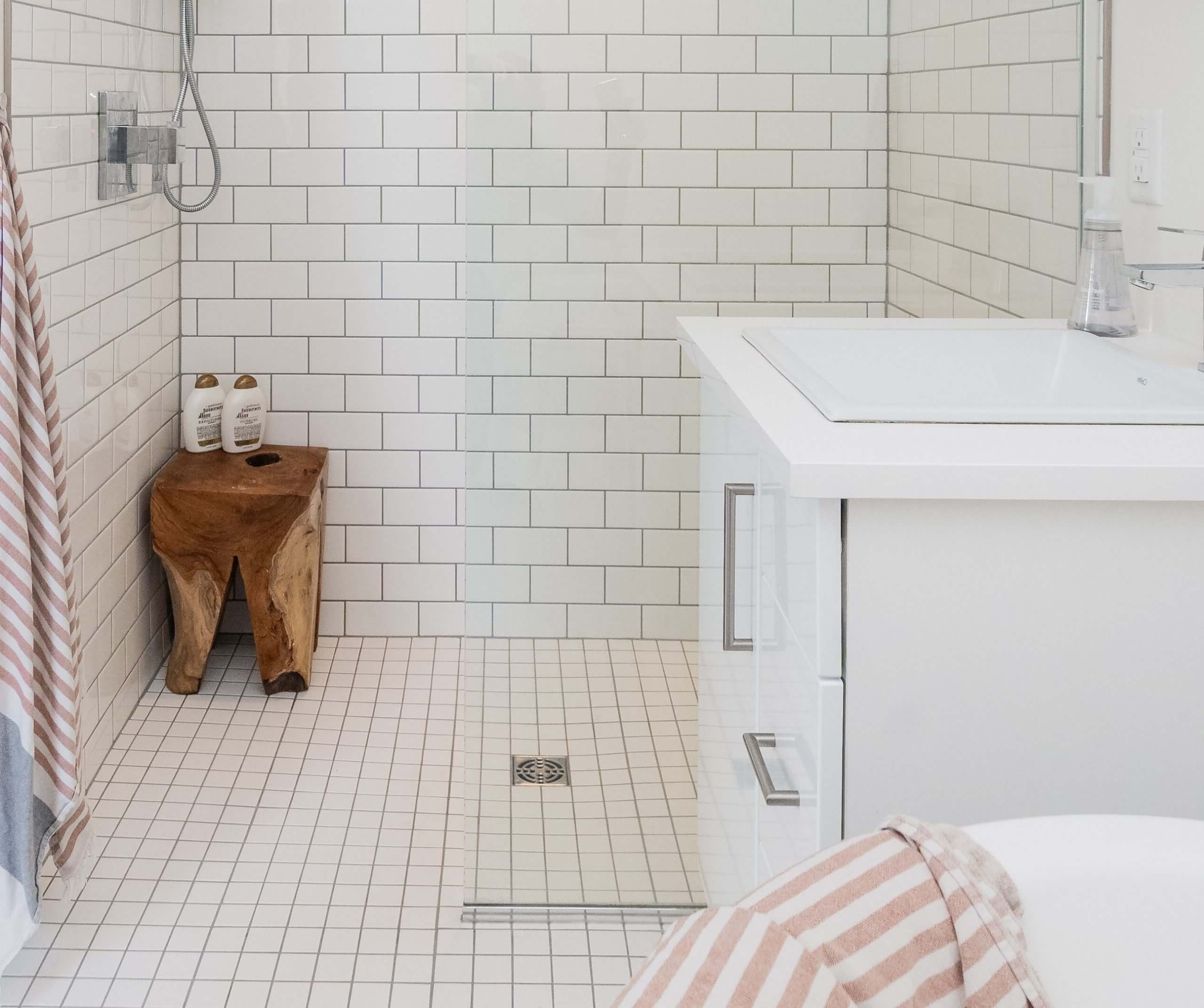

0 thoughts on “Bathroom Renovation 101: Cost-Saving Tips and Tricks”